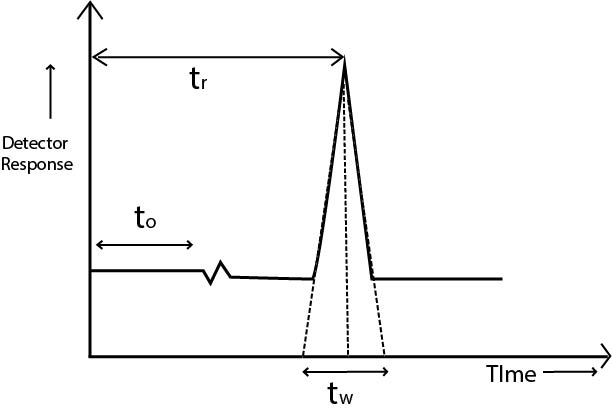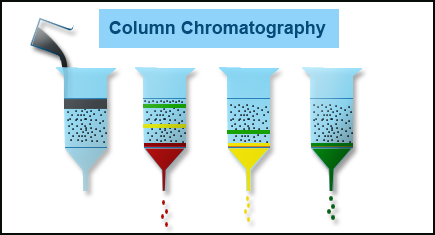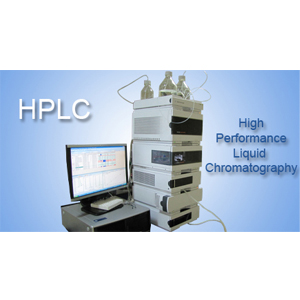Know your GC Chromatogram
GC is an invaluable tool used for separation of compounds in a mixture followed by their qualitative identification and quantification. It finds major applications in analysis of petroleum &petrochemicals, pharmaceuticals, foods and beverages, flavours &fragrances, forensic investigations and environmental monitoring.
GC chromatogram is also referred to as Gas Liquid Chromatograph or simply as Gas Chromatograph. It comprises of individual components illustrated above. In essence the component parts are
- Gaseous carrier stream also referred to as mobile phase
- Sample injector
- Separation column
- Detector
- Data station

The role of each of these component parts is described in detail in our free e- course on GC and will be elaborated further in the Certificate Programme which is due for launch later this year.
Mobile phase – serves as carrier for the injected sample to the column and leads separated components to the detector. In Gas Chromatography mobile phase comprises of separate gas streams-inert gas such as nitrogen or helium,oxidant which is generally air and fuel gas which is usually hydrogen.The three are pre-mixed in the required proportion before being led to the system.
Sample injector – manual or automatically controlled injection system which injects constant sample volume each and every time.Liquid sample mixtures are injected with a gas tight syringe and gaseous mixtures are injected with automated injection valves.
Column –Columns in GC are generally longer and narrower than HPLC columns.These are filled with the stationary phase or the inside wall is coated.Depending on selective adsorption of separated components selective retention takes place.
Detector – Most commonly used detector is the flame Ionisation detector(FID), in which the separated components get ignited in the flame and detector response is dependent on current generated due to compound ionization..Other common detectors are TCD,ECD and FPD.
Data station –Today’s GC systems use a computer to control system parameters such as flow rate, injection sequence and volume, wash cycles, column pressure, detector wavelength, etc and at same time calculate and display the parameters. Chromatograms and results are displayed and printed using user friendly application softwares developed by different manufacturers.

Rt is retention time of peak. It is qualitative indicator of presence of a compound in the mixture.
W is the peak width at base and. Narrower the peak width better is the chromatographic resolution
\(t_0\) is time the mobile phase takes to pass through the column and reach the detector when no sample is injected.
This post is a basic introduction to the GC chromatogram and also an elementary depiction of chromatographic output. Further details can be accessed by registering for the free E-learning GCcourse Certificate programme.




Your knowledge is incredibly intriguing.
Hi,
I or anyone else can never claim that we know everything.Sharing with others makes learning an enjoyable and enriching experience.
[…] and GC are separation techniques which have gained a strong foothold in chemical laboratories. The basic […]
I kindly express my gratitude to lab -training.com over this small but highly effective exposure given to me on the basics of analytical world; I will appreciate if you get me informed on time when your certificate courses will be available online. Please do give full details on how to get registered without stress.
Thanks.
Itari Wilcox, Nigeria.
Hi Wilcox,
Online certificate courses on HPLC and AAS are already available.Please let us know your requirements so that we can offer our suggestions. You can also be in touch with me on my mail id so that your specific queries can be attended.